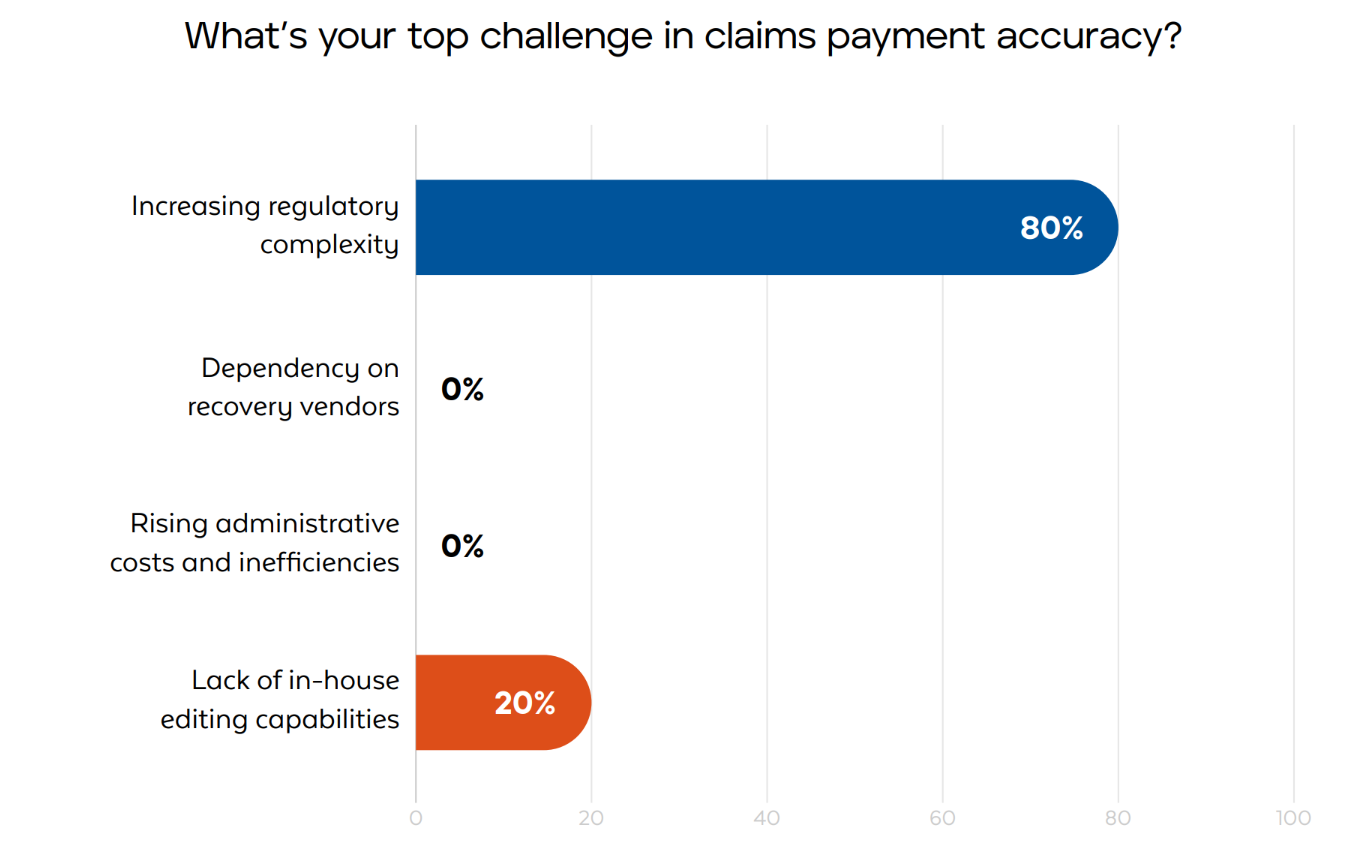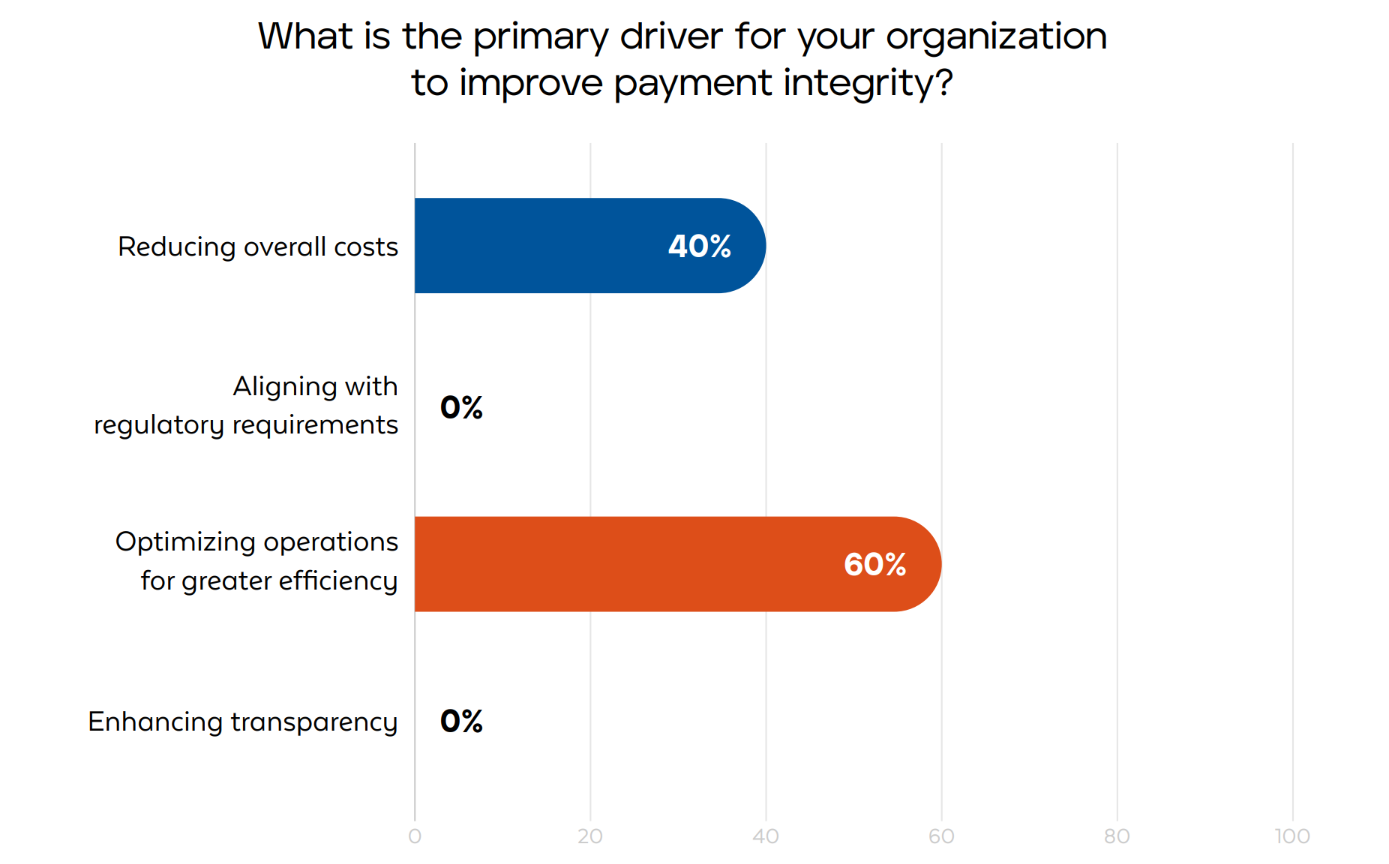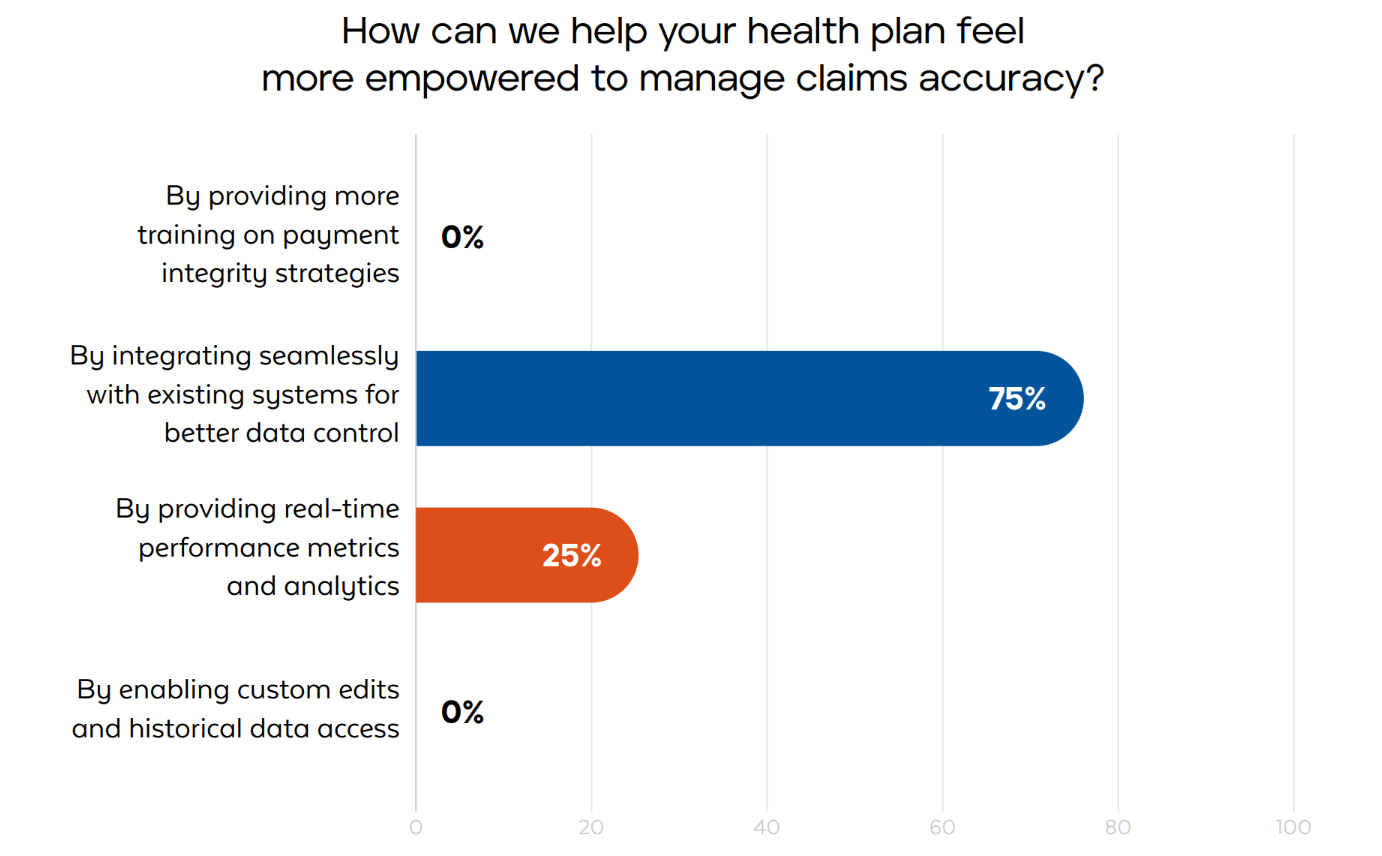Medicaid is a lifeline for millions of vulnerable citizens, providing essential healthcare services. However, traditional Medicaid programs often require innovation and flexibility to meet the evolving needs of vulnerable populations. Enter 1115 Medicaid waivers—state-driven initiatives that allow for experimental, pilot, or demonstration projects aimed at:
- Improving care delivery
- Enhancing cost efficiency
- Addressing social determinants of health (SDOH)
For health plans participating in these waiver programs, success hinges on their ability to coordinate care, ensure compliance, manage social services, and track outcomes effectively. This is where GuidingCare®, the care management and population health platform from HealthEdge®, comes in.
By streamlining workflows, removing data silos across systems, and facilitating care team member engagement, GuidingCare helps health plans navigate the complexities of 1115 waivers while optimizing care for Medicaid beneficiaries.
What Are Medicaid 1115 Waivers?
Section 1115 of the Social Security Act grants states the authority to implement innovative programs that deviate from standard Medicaid rules. These waivers allow states to test new care delivery models, improve efficiency, and better serve populations experiencing greater health disparities. Some common focus areas of 1115 waivers include:
- Expansion of Medicaid coverage to populations not traditionally covered
- Integration of behavioral health and physical health services
- Addressing Social Determinants of Health (SDOH), such as housing, food insecurity, and employment support
- Value-based payment and alternative payment models (APMs)
- Improving maternal and infant health outcomes
- Reentry services for justice-involved individuals
Widespread State Participation in 1115 Waiver Programs
As of January 2025, nearly all states have at least one active Section 1115 waiver, with some states operating multiple waivers simultaneously. These waivers enable states to test innovative approaches in Medicaid, addressing diverse areas such as behavioral health integration, social determinants of health, and care transitions for individuals reentering the community from incarceration.
For instance, 26 states and the District of Columbia have pursued reentry waivers to improve continuity of care for individuals exiting correctional facilities. This widespread adoption underscores the critical role of Section 1115 waivers in enhancing Medicaid programs across the United States.
Additionally, several states have reported measurable successes in their 1115 waiver programs:
- California’s Whole Person Care (WPC) Program reduced inpatient admissions and emergency department visits among high-risk populations, while improving housing stability for Medicaid members experiencing homelessness.
- Illinois extended postpartum Medicaid coverage from 60 days to 12 months, resulting in increased postpartum care visits, reduced maternal complications, and expanded mental health support.
- Alaska’s behavioral health waiver helped increase access to mental health and substance use disorder treatments, reducing crisis hospitalizations and improving long-term recovery outcomes.
Because these programs vary significantly across states, participating health plans must adapt to unique regulations, reporting requirements, and care models—a challenge that requires agile and scalable technology solutions.
5 Ways GuidingCare Enables Your Waiver Program Success
GuidingCare is designed to support the complex requirements of Medicaid Managed Care, making it an ideal platform for health plans engaged in 1115 waiver initiatives. Below are 5 key ways GuidingCare helps health plans succeed.
1. Comprehensive Care Management & Coordination
1115 waivers often prioritize whole-person care, integrating medical, behavioral, and social services. GuidingCare provides comprehensive care management solutions to help plans:
- Deliver the right care at the right time through a comprehensive, integrated member centric platform, with one record for holistic care of the member and one single solution for care management, utilization management, appeals & grievances, and more
- Identify populations with complex care needs through predictive analytics
- Coordinate multidisciplinary care teams, including physicians, behavioral health specialists, and community-based organizations (CBOs)
- Create and track individualized care plans tailored to specific waiver requirements
- Ensure seamless transitions of care to reduce hospital readmissions
2. SDOH Integration
Many 1115 waiver programs emphasize non-medical drivers of health, such as housing, transportation, and nutrition. GuidingCare supports SDOH initiatives by:
- Embedding SDOH assessments into care workflows
- Tracking member needs and referral status for services like food assistance, housing support, and job training
- Integrating with community-based organizations (CBOs) for closed-loop referrals and follow-ups
- Generating reports on social needs trends to support program evaluation and regulatory compliance
Automated Workflows & Compliance Support
Each 1115 waiver program has its own unique compliance requirements, including mandatory reporting, member tracking, and quality benchmarks. GuidingCare automates these processes by:
- Configuring workflows to match state-specific requirements
- Automating documentation to track waiver-related interventions and services
- Providing real-time dashboards to monitor program performance
- Facilitating regulatory audits by maintaining comprehensive care records
These automation capabilities reduce administrative burden, enhance accuracy, and ensure timely compliance reporting.
Real-Time Data & Interoperability
Data integration is critical for health plans participating in 1115 waiver programs. Many initiatives require real-time data sharing across Medicaid agencies, healthcare providers, and community organizations. GuidingCare supports interoperability by:
- Integrating with state Medicaid systems, health information exchanges (HIEs), and electronic health records (EHRs)
- Enabling real-time data exchange to track member services and outcomes
- Providing robust analytics and predictive modeling to assess program effectiveness
- Ensuring compliance with federal and state interoperability mandates
By breaking down data silos, GuidingCare enables holistic, data-driven decision-making that improves care quality and cost efficiency.
Member Engagement and Self-Service Tools
Many 1115 waiver programs emphasize patient-centered care and engagement strategies to empower Medicaid members. GuidingCare and the Wellframe solution from HealthEdge work together to enhance member engagement through:
- Multichannel, multimodal communication for the entire care team (text, email, chat, and phone outreach) via web, mobile app, and more
- Secure member portals for care plan access, appointment scheduling, and progress tracking
- Personalized health education resources tailored to individual needs
- Automated reminders for preventive care, wellness visits, and screenings
By promoting member activation and adherence, health plans can improve health outcomes and program effectiveness.
Learn more about how GuidingCare can support your Medicaid initiatives by contacting the HealthEdge GuidingCare team today.









